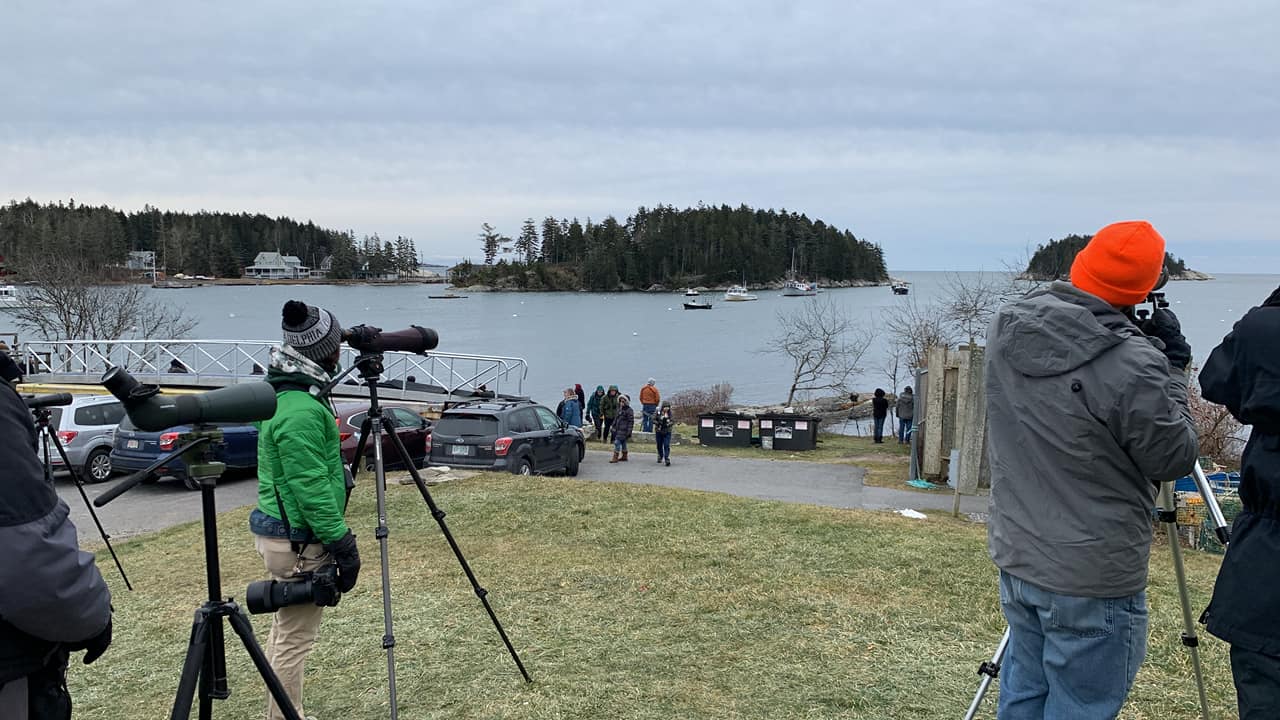These are different methods that I use in my bird photography, I am not a “professional” just an avid hobbyist. Simply just works for me taking pics of birds. It seems to work for me but remember everyone has their own preferences . The biggest help when doing bird photography is just repetition, Developing muscle memory. You need to get to the point where you are not thinking about your equipment and just thinking about the light and composition.
check out these links:
Auto Iso Manual mode
-
Auto ISO Basics
I have heard a bunch about this. You're not a Pro unless you are adjusting your iso on every shot. Controlling your exposure. Setting your histogram. Shooting to the right or is it to the left? Simply put, I put the camera on auto iso, I let the engineers at the camera company set it for me. Now, if you are a portrait, flash or landscape photographer please feel free to delve deep into the exposure triangle. A lot of debate on this, not for me auto iso and let me worry about finding the bird. Warblers aren't going to give you much time to play around. See the link below, it's related to Nikon cameras but applies to most other brands. see link above where Steve Perry explains it.
-
What mode? Shutter? Aperture ? Program?
How about manual… What F-stop? the fastest your lens can do …set it and forget it. There are exceptions to the f-stop rule like when a bird is literally 12 feet away from you. Birds in flight - now that is the ultimate challenge…1/3200 for small fast birds. Rule of thumb used to be twice the focal length ie: 500 mm 1/1000 sec to make sure there is no blur. Unfortunately, in most cases, the blur was caused by you shaking as you took the picture! Luckily now lens and camera bodies have image stabilization built in. You can shoot at much lower shutter and get a sharp picture as long as that bird is just siting on the branch - BOB Bird on a branch. But birds aren’t always sitting on a branch, heck most of the time they aren’t.
-
JPG vs. RAW
Another contentious point. You will hear lots of photogs say I want it SOC- straight out of camera. I don’t want to post process because that means i am manipulating the image. They want it straight from camera in jpeg. The jpeg image isn't what your camera saw, its what the engineers decided it should look like with an algorithm. You have just manipulated in the camera but you don’t control it and editing that file after is going to be difficult because most of the RAW information is thrown out. If you are shooting for Facebook or Instagram and you do not plan on printing then go ahead, file sizes are smaller and easier to handle no special software but you get what you get. I shoot exclusively in raw and i adjust my pics later, I bring up shadows , dim highlights and increase vibrance, adjust white balance. I find the post processing almost as enjoyable as taking the photo! I will link a video on JPEG versus Raw
-
Focus Points
Single point is the one to start with, can you keep the point on the birds eye? Too small? Move to a group focus around the head. The newer mirrorless cameras have eye detect and that is simply amazing. 3d tracking on Nikon is excellent. Im sure Canon and Sony are as good if not better. Don’t expect miracles it is still work to get that point on a birds eye and follow it . I use single point on my dslr and migrate to group focus if bird is difficult to track. I now use a Z9 mirrorless that has eye tracking and it truly is revolutionary! Again this is another area where practice makes perfect..raising your camera up with a 400 -600 mm lens and finding the bird through your eyepiece is a challenge.This technique is used for binoculars but it is just as relevant for photography. The key is to look at the bird, not at the camera. Here’s the technique for spotting birds in your viewfinder. With your bare eyes, turn your body so that you are looking straight ahead and viewing the bird. Keep looking at the bird. Now–without looking at the camera–bring it up to your eyes. The bird should appear in view. Adjust the focus to bring the bird into view.

